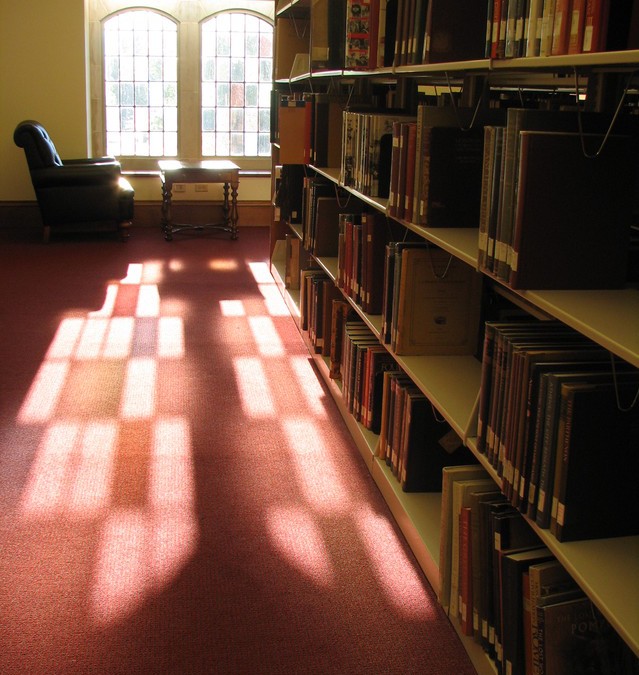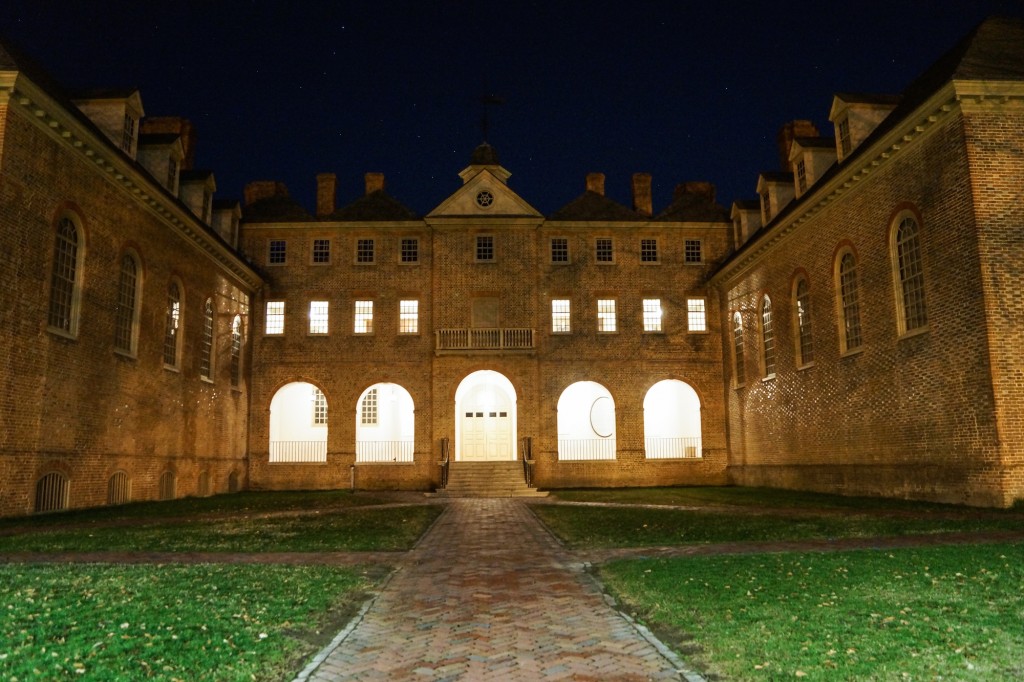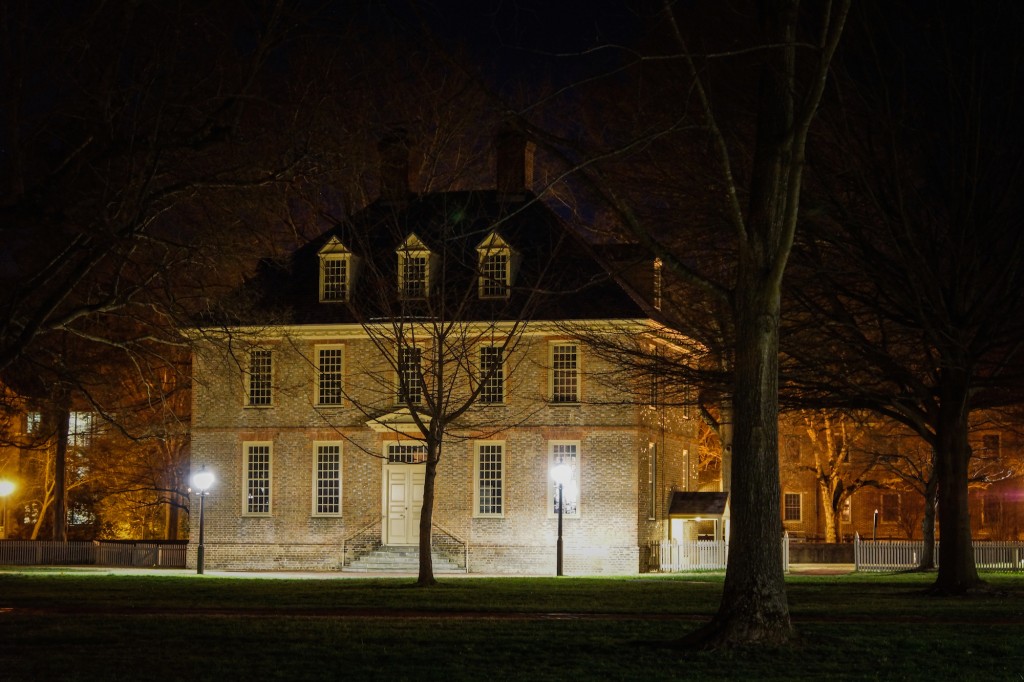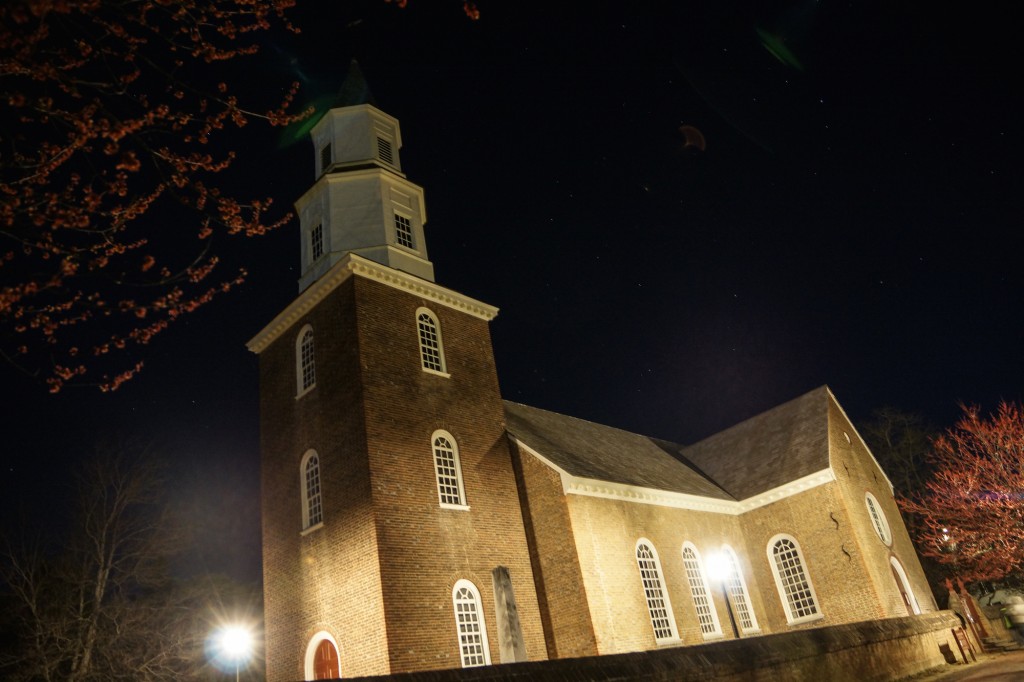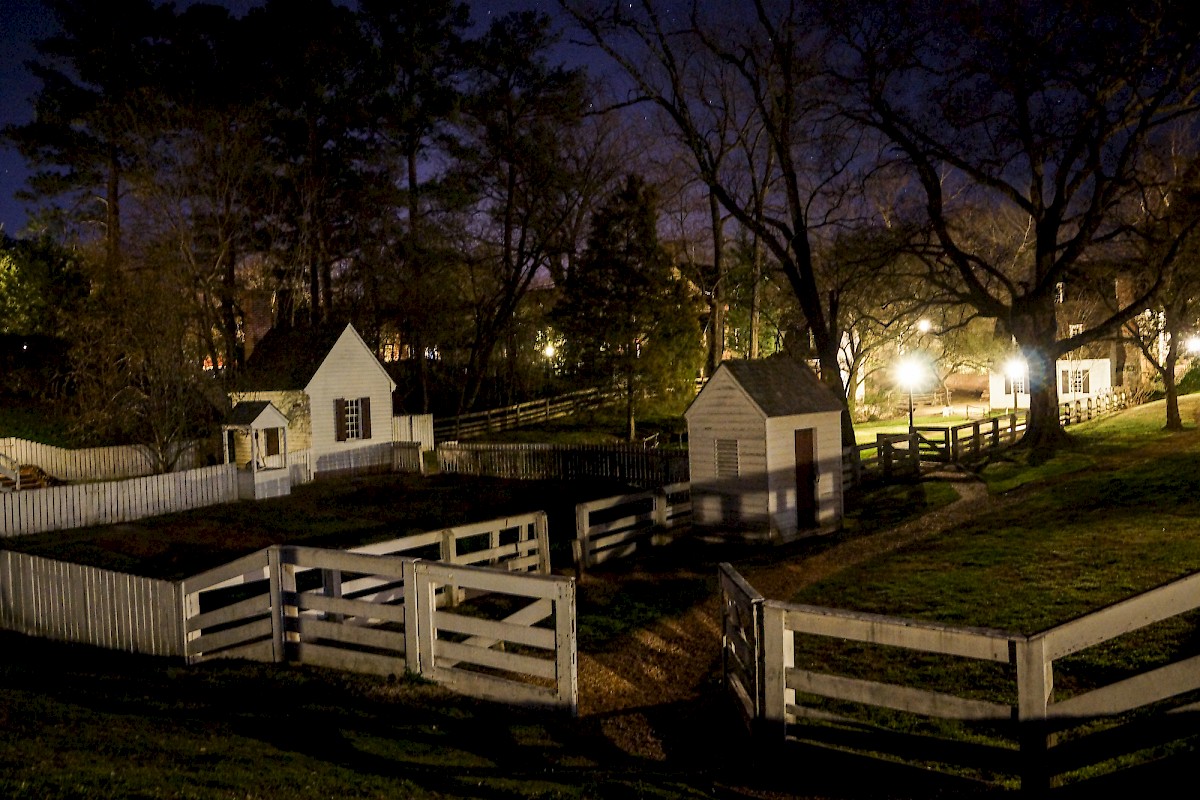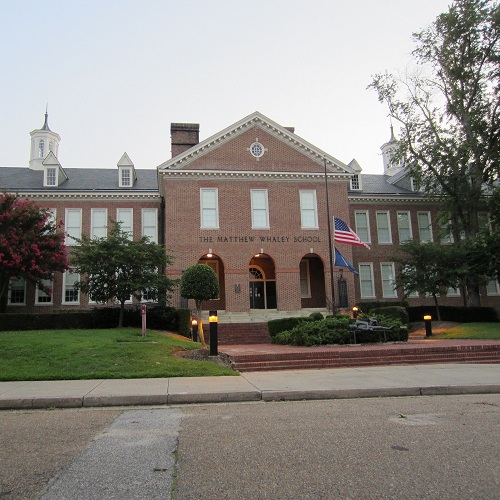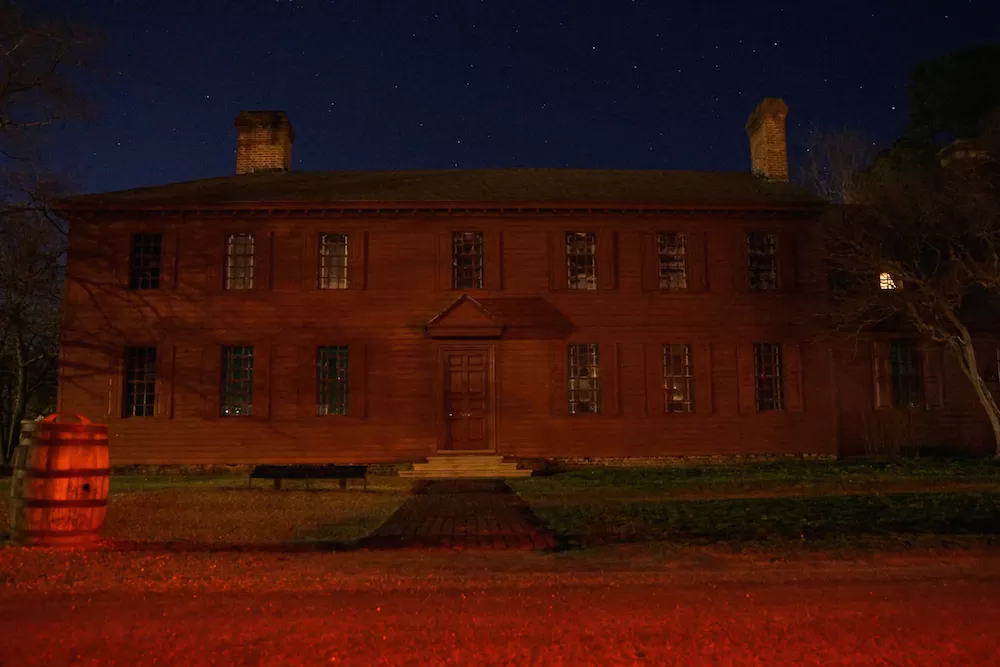St. George Tucker Hall: A History
St. George Tucker Hall was William and Mary’s first free-standing library that opened on May 14, 1909. Over the years, the library underwent renovations, adding on additions that more than doubled its size, and played host to various dances. The most recent renovation involved sightings of the Campus’ ghost. The building was eventually used to house the Law School and then the English Department. Additions to the structure have been made and it’s been renamed over the years and is still a large part of student life today.
In 1958, due to increased enrollment, the Virginia General Assembly appropriated $1 million for the construction of a new library, called Swem Library. With a new library on campus, Tucker Hall underwent renovations in 1966 – 1967. It then became known as Marshal-Wythe Hall in 1968 and housed the school’s Law Department for the next 13 years. The building allotted for offices, classrooms, and lounges to conduct Law School affairs at William and Mary.
In 1980, the Law School moved out and the English Department moved in and offered classes in English, Linguistics, and Medieval and Renaissance Studies. It became known as Tucker Hall after William and Mary’s second professor of law, St. George Tucker.
George Tucker was the University’s second law professor. He’s credited with making the curriculum at William and Mary much more challenging because he believed that lawyers should be well-educated. Before he became a teacher, he had a very successful professional career; he was a lawyer, became a state judge, and later, a federal judge.
Stories of the Ghost
The first suicide at Tucker Hall started the legend of arguably the most famous ghost on campus. According to the story, the academic pressure became too much for a female student in 1980. When she asked her parents if she could come home, they told her she had to finish her studies first. Too upset and stressed to continue, the young woman hung herself on the third floor of Tucker Hall.
Students have reportedly heard footsteps on the third floor. Also, during the building’s most recent renovation, witnesses claimed to have seen a young woman’s apparition walking around the grounds of the building, only to disappear moments later. What disturbs students the most, however, is that people say if you stay up late or pull all-nighters in the building, a young woman will appear to you and ask you how your studying is going. If you reply that it’s going well, she’ll throw a tantrum and toss your stuff around. On the other hand, if you say that it’s not going well, she’ll try to convince you to kill yourself.
Since 1980, suicides at Tucker Hall have occurred. In 1982, a young woman hung herself in the third-floor bathroom with a sign around her neck reading, “She made me do it.” Also, in 2004, a young man committed suicide as well.
Speculation and rumors have festered over the years and people believe that the ghost of the girl from the 1980s still haunts the building.
Ghosts, Spirits, Demons, and Speculation
Parapsychology is the study of the paranormal and unexplainable phenomena and has become an internationally recognized and studied field. Parapsychologists have written many books and articles on the subject and, among other things, they define the difference between ghosts, spirits, and demons. What’s important to remember is that all ghosts are spirits, but not all spirits are ghosts. It’s been said that what a spirit is hard to put into words, however, spirits have been described as anything that’s nonphysical and seems to have a mind of its own. They are, however, not evil. Ghosts are spirits that were once humans (not all spirits are ghosts, but all ghosts are spirits). The reason a ghost remains on Earth is either because they refuse to acknowledge that they’re dead or, for whatever reason, they choose not to move on when it was their time. What’s important to remember is that ghosts and spirits can’t and won’t harm humans. They do haunt various locations and may become irritating or annoying, but this doesn’t mean that they’ll harm you. All ghosts are restless and can move on to the afterlife…if given the chance.
Demons, however, are evil and won’t hesitate to bring harm to the living. They’re known to disguise themselves as ghosts or spirits pretending to need help and won’t hesitate to make their presence known. Many people confuse these classifications and if the mistake’s made, it’s potentially harmful to those in the area. It’s advised that if a spirit does try to harm a human, to call an exorcist or seek professional help.
With that being said, one wonders why the “ghost,” in St. George Tucker Hall would try to convince students to commit suicide if things weren’t going well in school. It’s also interesting to note that, in Catholicism, it’s considered a mortal sin to take a life, even if it’s your own. One could then theorize that the negative energy of a suicide allowed for an evil spirit to enter the building, tempting others to do the same.
Conclusion
Many of the buildings on the William and Mary campus, and even throughout Williamsburg, play host to ghosts, spirits, and possibly demons. The most famous on the William and Mary Campus is at St. George Tucker Hall.
In the early 1900’s, Tucker Hall became part of the William and Mary Campus, however, it didn’t become host to a spirit until 1980. It’s said that a girl who, tragically committed suicide, haunts the building. She appears to those who choose to work late or pull all-nighters and attempts to convince them to commit suicide if they’re stressed.
Most people jump to the conclusion that this is the ghost of the girl who died years ago. Parapsychologists, however, have pointed out that ghosts can’t and won’t harm humans. With that being said, who is this spirit that makes its presence known to the living? Could it be the ghost of the girl, or, could it be a demon trying to snatch souls? Calling all ghost hunters! We’ve might have a case for you.







